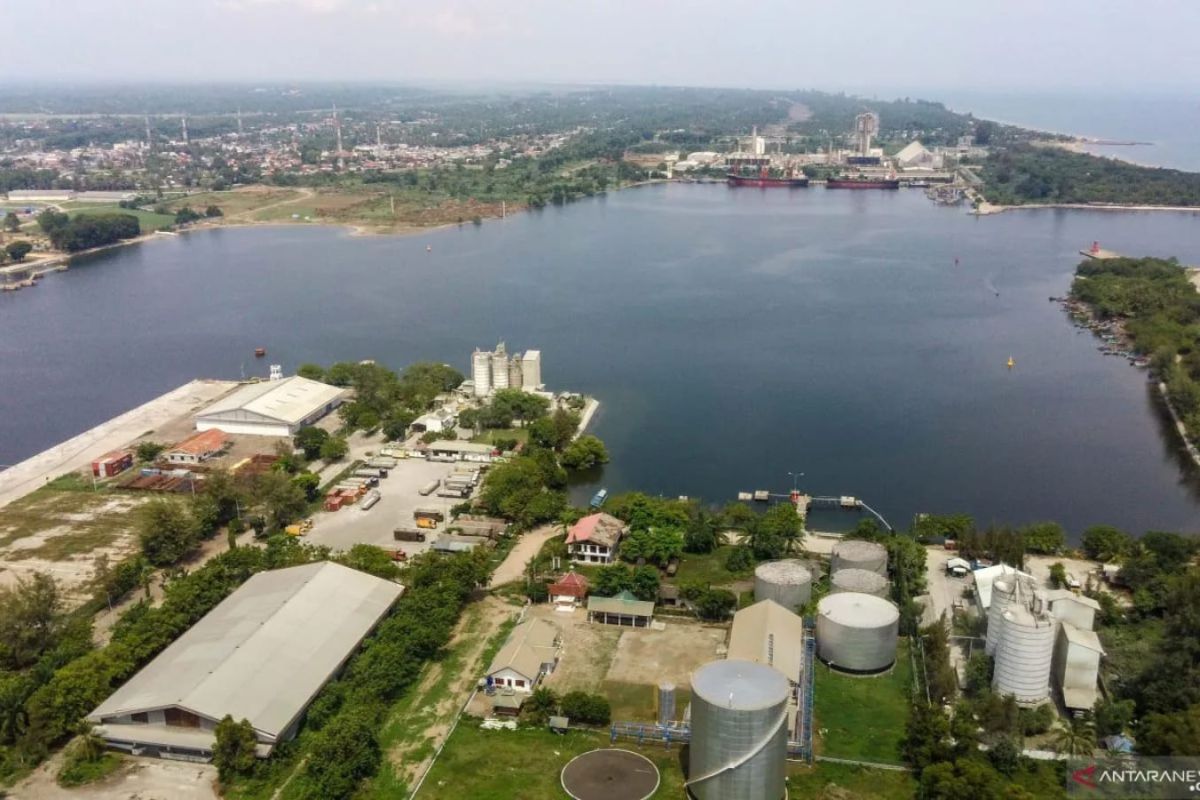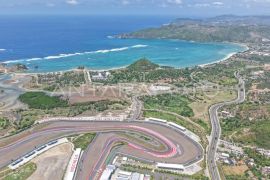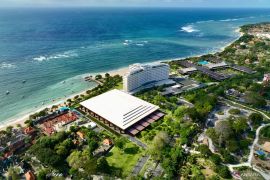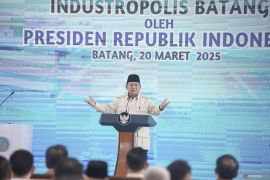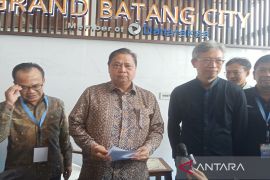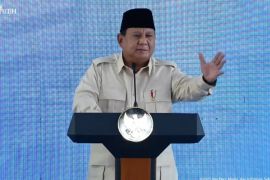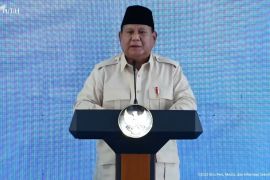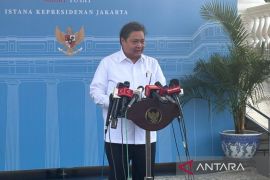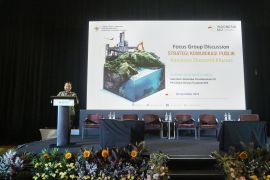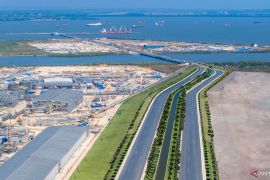“Our target is to achieve an ICOR of 4 percent within the next three to four years,” Hartarto stated during his keynote speech at the IBC Business Competitiveness Outlook 2025 in Jakarta on Monday.
ICOR measures a country’s investment efficiency, with lower values indicating better efficiency. Currently, Indonesia’s ICOR stands at approximately 6 percent.
Hartarto highlighted the role of SEZs in meeting this target.
“SEZs hold great potential in economic development, such as the Galang Batang SEZ, which focuses on critical minerals and strategic manufacturing,” he explained.
He cited Weda Bay as an example of SEZ efficiency, where an investment of US$16 billion over six years has generated annual exports of US$8 billion.
“In Weda Bay, the ICOR is only 2 to 3 percent, making it highly efficient,” Hartarto noted.
Indonesia hosts some of the world’s largest SEZs, including those in Gresik, Kendal, and Galang Batang, which span sectors like minerals and manufacturing.
Collectively, these SEZs generate annual exports of US$8 billion, and achieving the ICOR target of 4 percent could facilitate the development of even more SEZs.
Hartarto stressed the need for efficiency across all regions: “If all regions achieve similar efficiency levels, Indonesia can set a world-class benchmark.”
In 2024, SEZs attracted Rp82.6 trillion (over US$5 billion) in investments and employed 42,930 workers.
From 2012 to 2024, SEZs recorded a cumulative investment of Rp256.7 trillion, creating jobs for 156,208 workers and involving 394 business actors.
Indonesia’s SEZs have developed rapidly since their inception. Currently, there are 24 SEZs spanning various sectors, including manufacturing, the digital economy, health, education, and maintenance, repair, and overhaul (MRO) services for aircraft.
Related news: Optimize SEZs to enhance economic contribution: Prabowo
Related news: Indonesia's Prabowo urges continued SEZ development to draw investment
Translator: Bayu Saputra, Yashinta Difa
Editor: Anton Santoso
Copyright © ANTARA 2025
